When it comes to strength training, the bench press remains a cornerstone of upper body development. But a question that often arises among lifters—especially those chasing both muscle growth and joint longevity—is whether to stop at a 90-degree angle or to bring the bar all the way down to the chest. The “90-degree bench” and “90-degree angle bench press” techniques are gaining traction for good reason, and understanding the why behind them can help you lift smarter.
What Is the 90-Degree Bench Press?
The term "90-degree bench press" typically refers to the position of the upper arms relative to the body. It can mean two things:
-
Elbow Joint Angle – stopping the descent of the bar when your elbows form a 90-degree angle, roughly when your upper arms are parallel to the floor.
-
Torso-to-Arm Angle – setting your arms so that they flare out at about 90 degrees from your torso, though this is generally not recommended due to shoulder strain.
In this article, we’ll focus on the former—the depth of the bench press—and whether pressing to a 90-degree elbow bend versus touching the chest is better for your goals and safety.
Should You Bench Press to 90 Degrees or Touch Your Chest?
Touching the Chest:
-
Traditional powerlifting form.
-
Full range of motion maximizes chest fiber recruitment.
-
Increases time under tension.
-
Requires excellent shoulder mobility and scapular stability.
-
May increase risk of shoulder impingement in some lifters, especially those with long arms or tight shoulders.
Stopping at 90 Degrees:
-
Reduces stress on the anterior deltoid and shoulder capsule.
-
Keeps more tension on the chest and triceps for some anatomies.
-
Often preferred in hypertrophy-focused training for joint longevity.
-
Ideal for those recovering from shoulder issues or working around mobility restrictions.
The decision isn’t one-size-fits-all. For some, the bar naturally touches the chest without compromising shoulder integrity. For others, stopping at a 90-degree elbow angle provides the perfect balance of intensity and injury prevention.
How to Perform the 90-Degree Angle Bench Press Correctly
-
Set the Bench: Use a flat bench unless targeting incline or decline variations.
-
Grip the Bar: Position your hands so that your forearms remain vertical when the bar lowers.
-
Brace and Unrack: Retract your scapulae and brace your core.
-
Lower with Control: Stop the descent when your elbows reach a 90-degree bend—usually just above the chest.
-
Press to Lockout: Drive the bar back up without bouncing or arching excessively.
For some lifters, using a 90-degree elbow bend may require a slight adjustment to range of motion depending on limb length. The goal is control and consistency—not just following a rule blindly.
Is the 90-Degree Bench Safer?
Many trainers advocate for the 90-degree bench press as a shoulder-friendly alternative. While it doesn’t replace traditional full-ROM pressing entirely, it’s a smart strategy for those aiming to:
-
Reduce strain on the shoulder joint.
-
Focus on eccentric control.
-
Keep the chest under continuous tension.
It's also a helpful option when training with heavier loads or during fatigue phases when perfect form becomes harder to maintain at the bottom of the lift.
Final Thoughts
The bench press doesn’t have to be binary—it’s not always about touching your chest or stopping at 90 degrees. Instead, it should be about training with intention and adapting the movement to your anatomy, goals, and injury history. Whether you’re doing a strict 90-degree bench press or exploring variations, what matters most is maintaining proper form and progressing consistently.




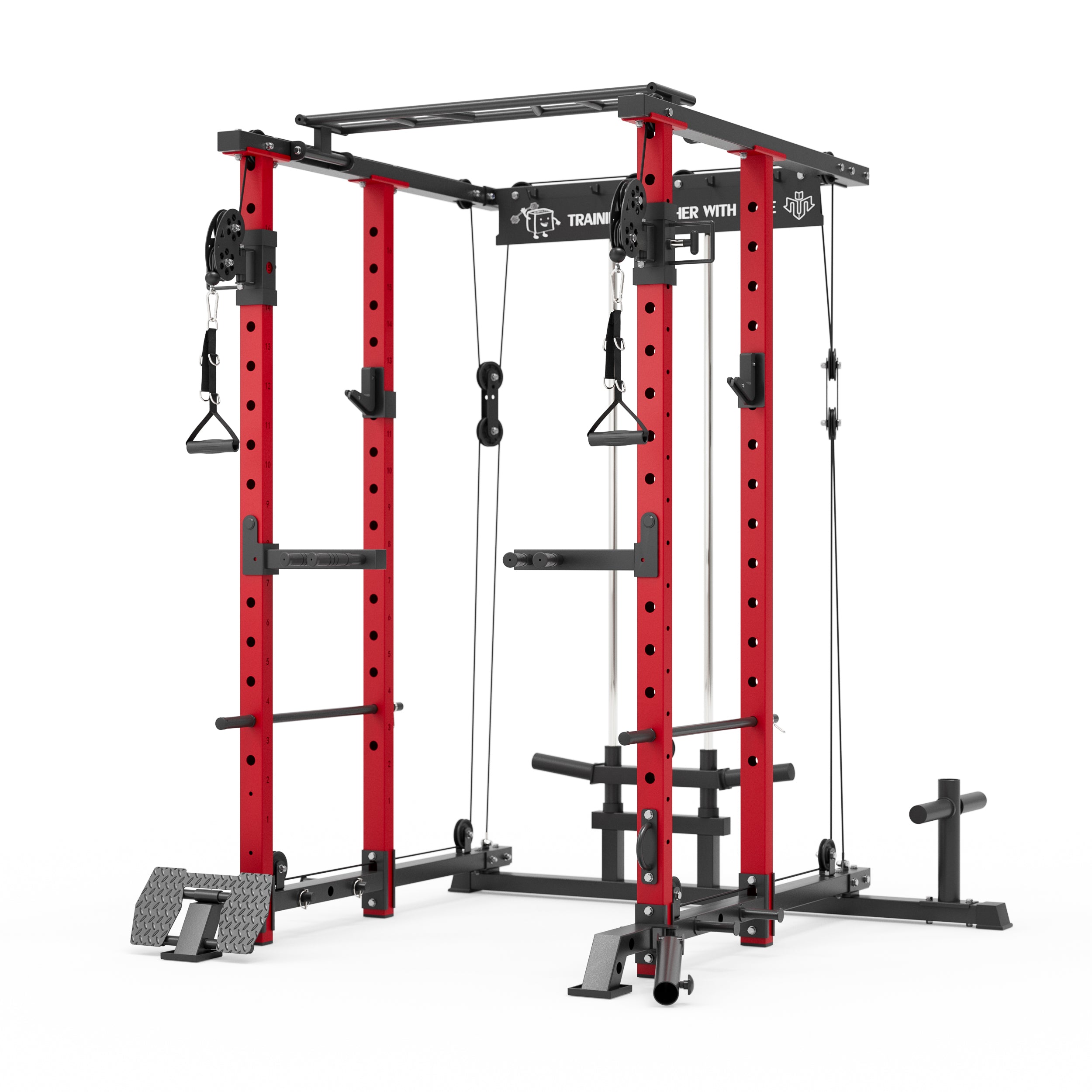


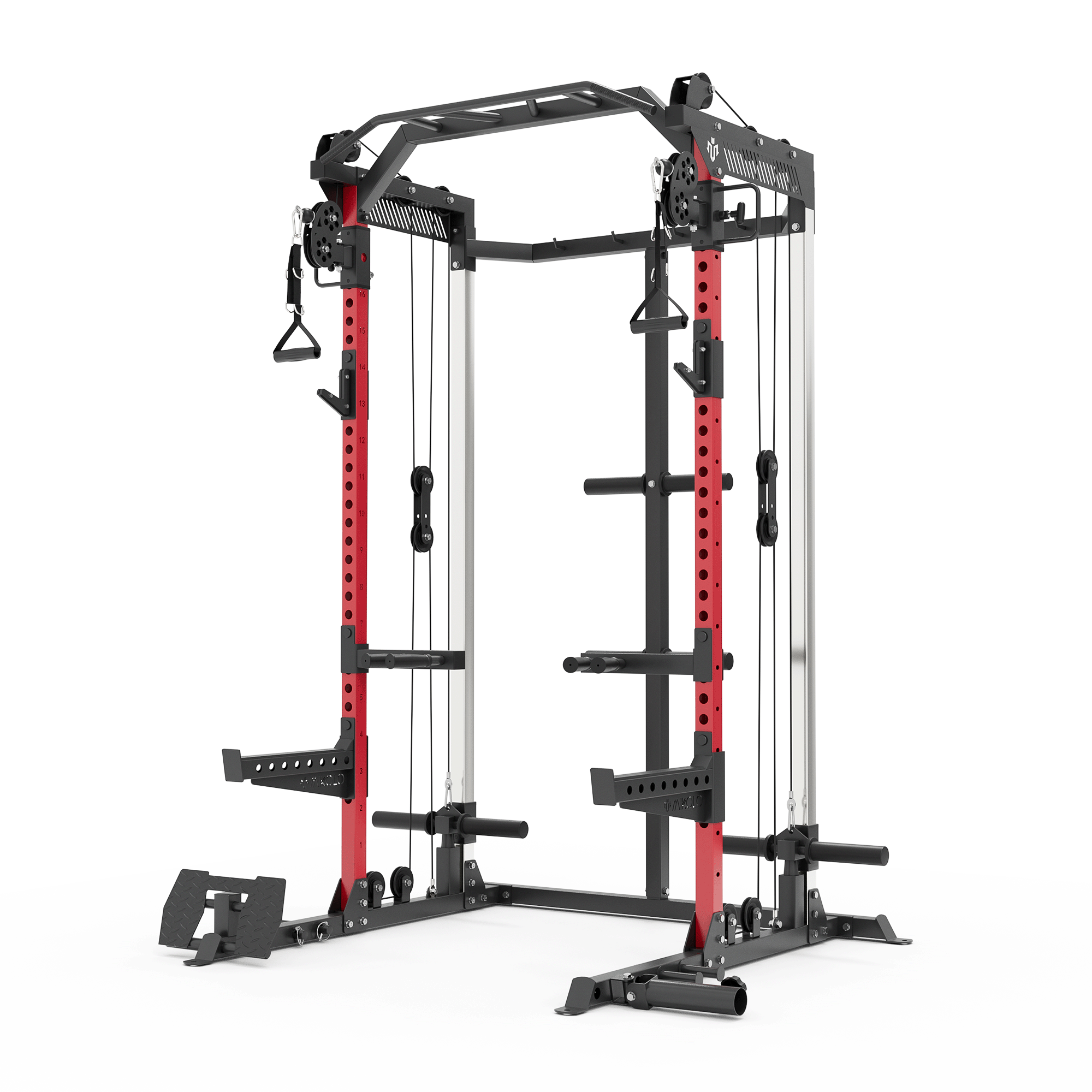



















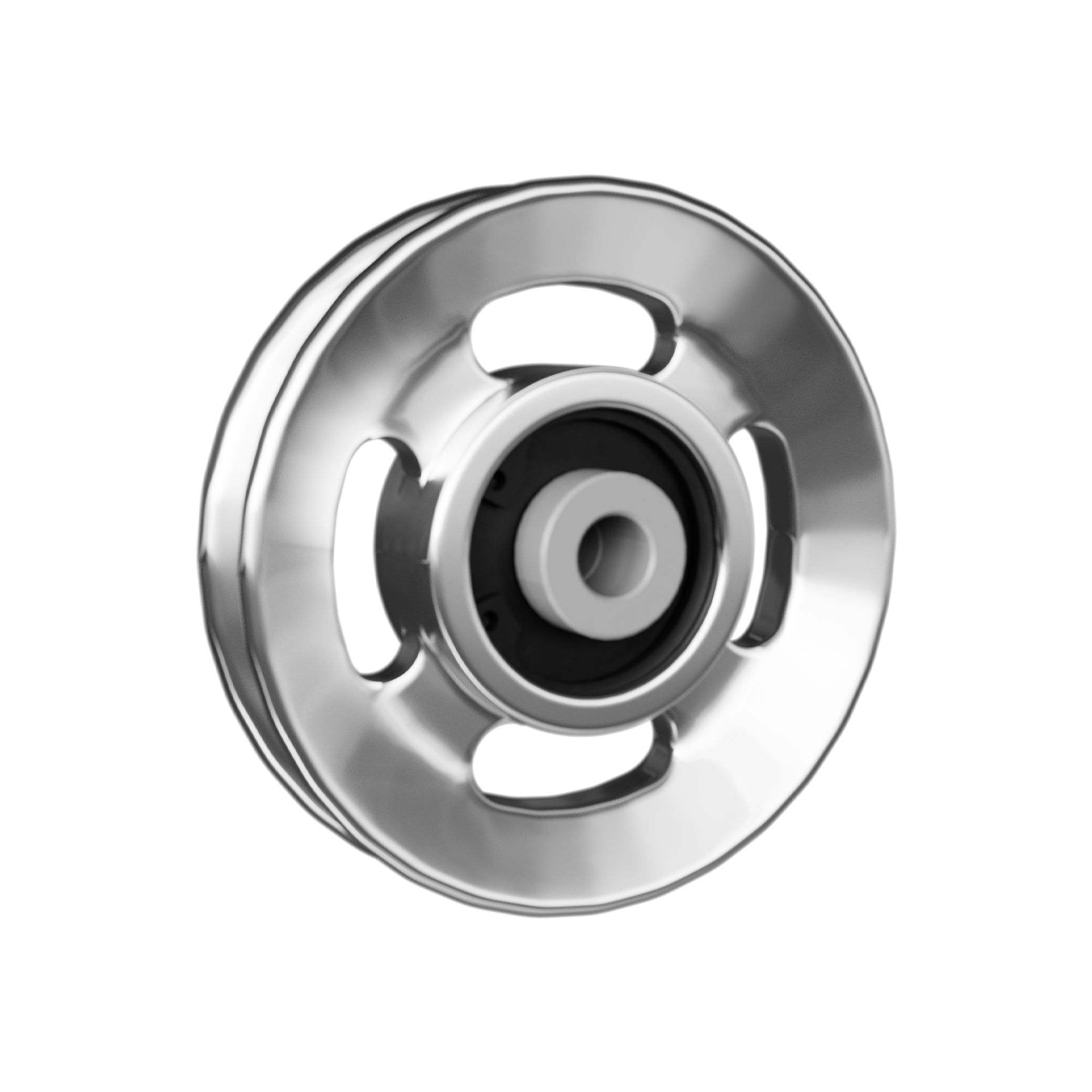



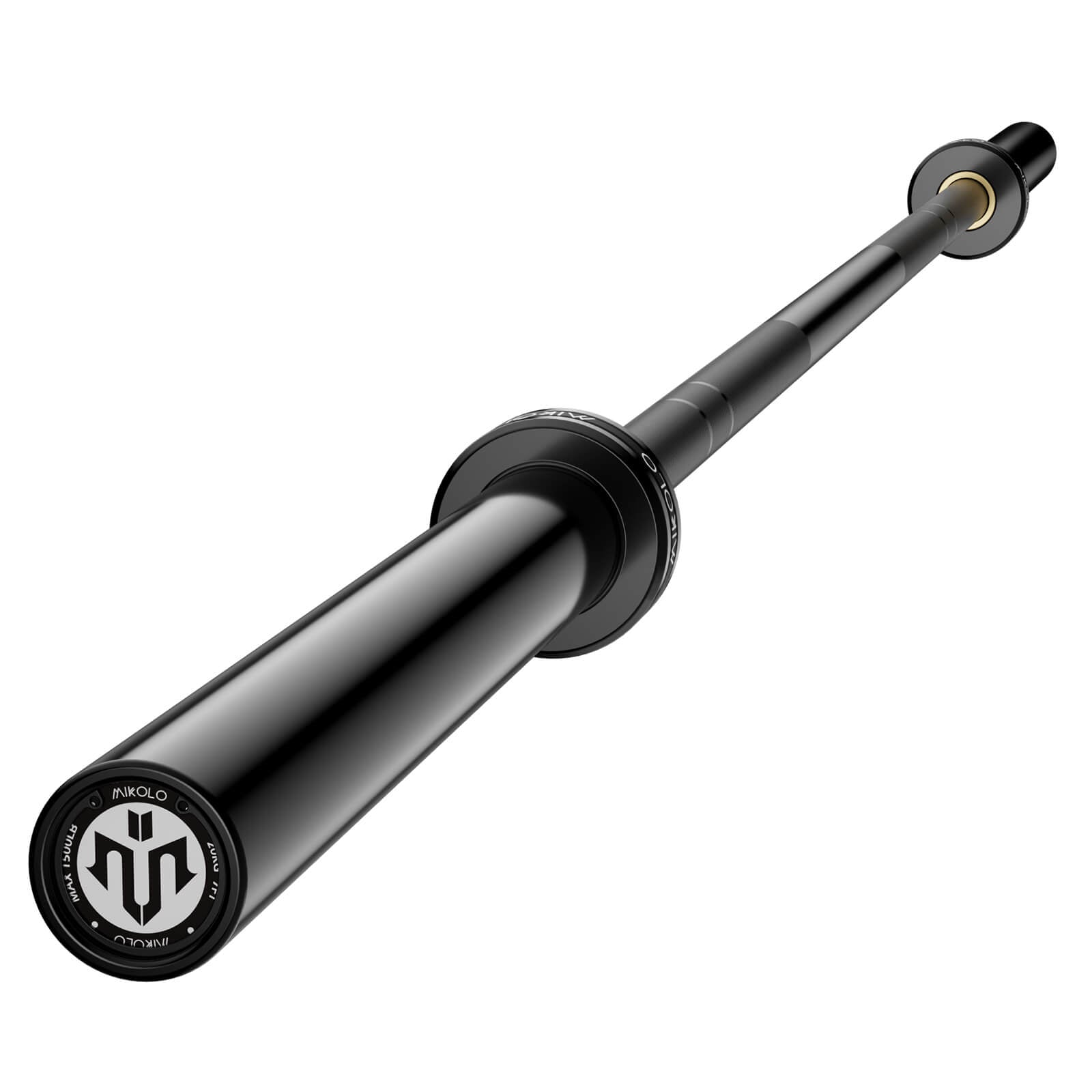









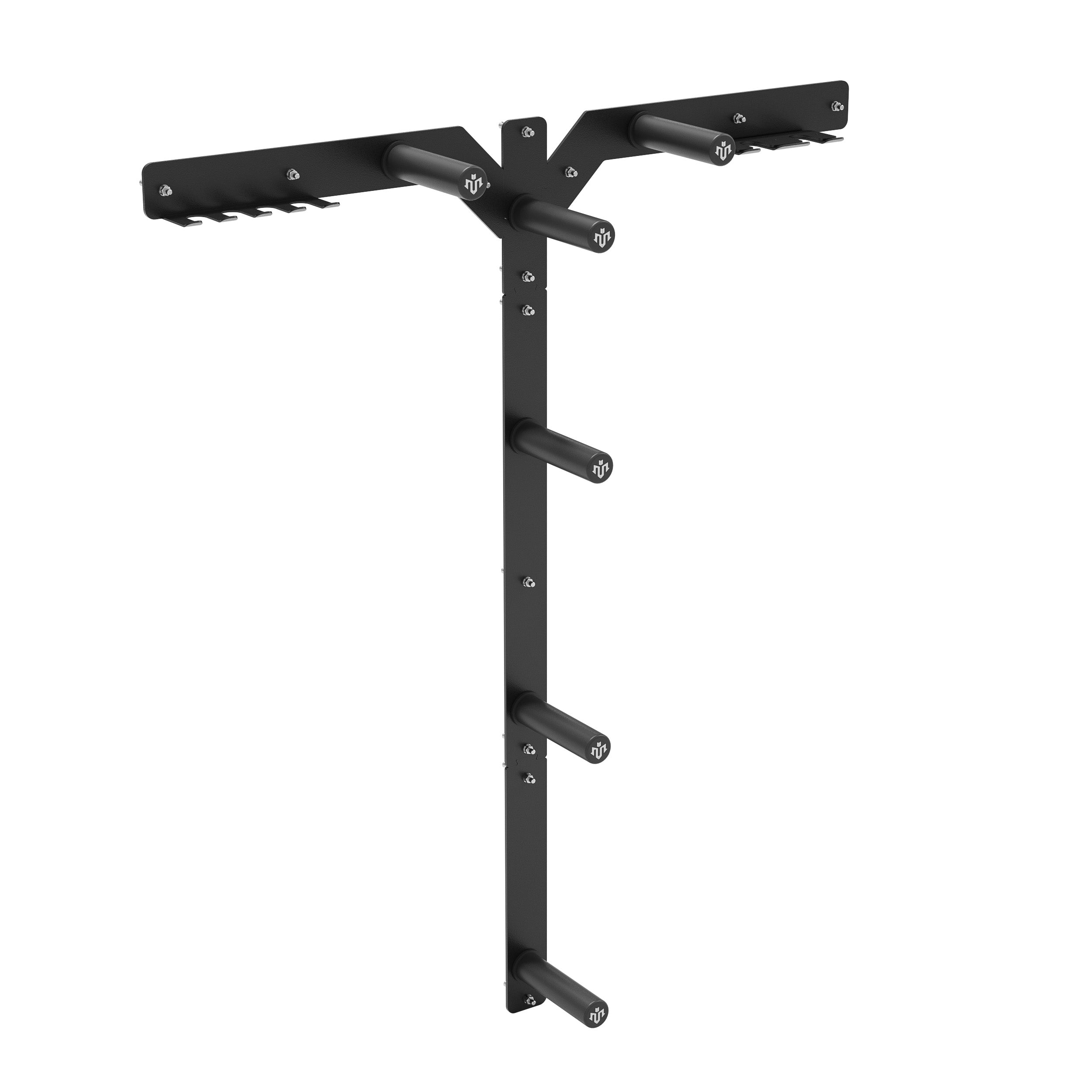




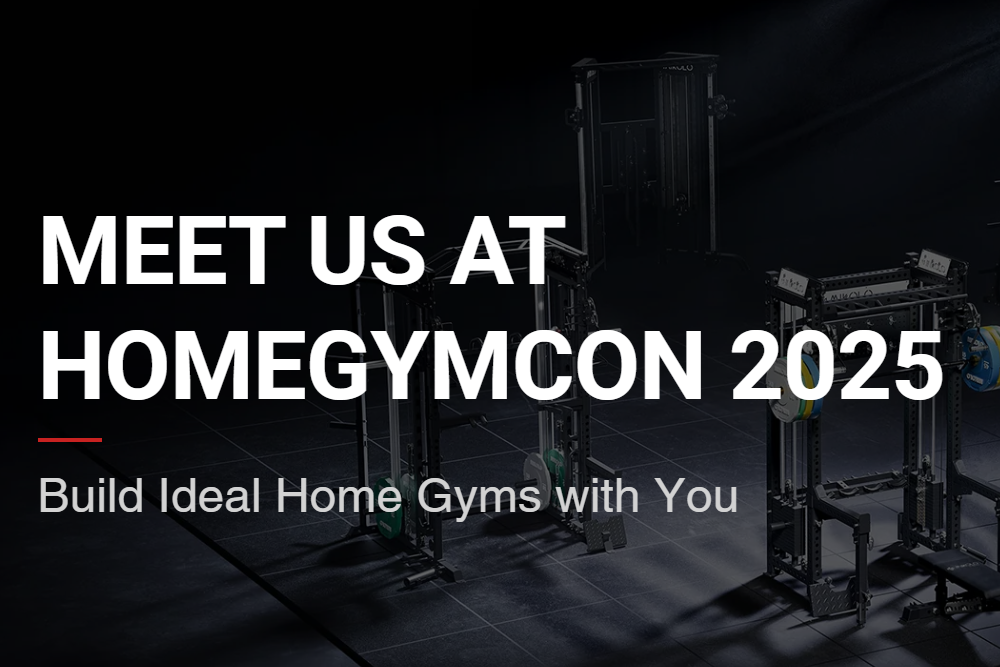
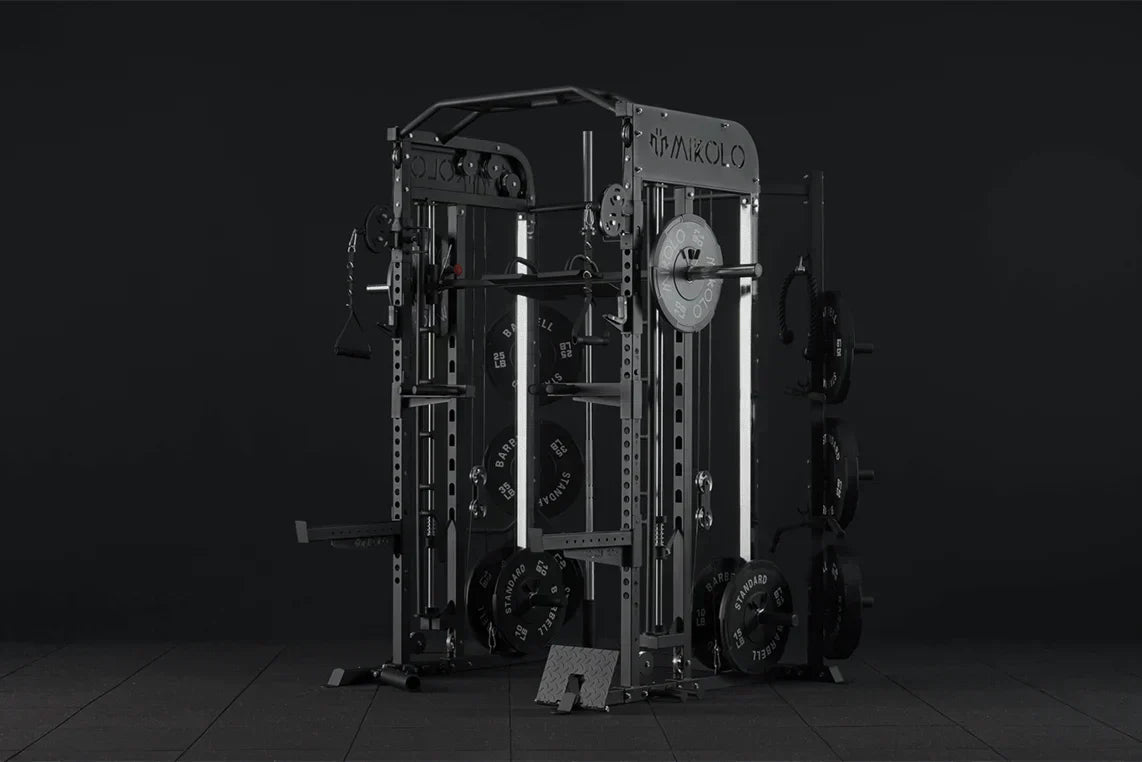
Leave a comment
This site is protected by hCaptcha and the hCaptcha Privacy Policy and Terms of Service apply.